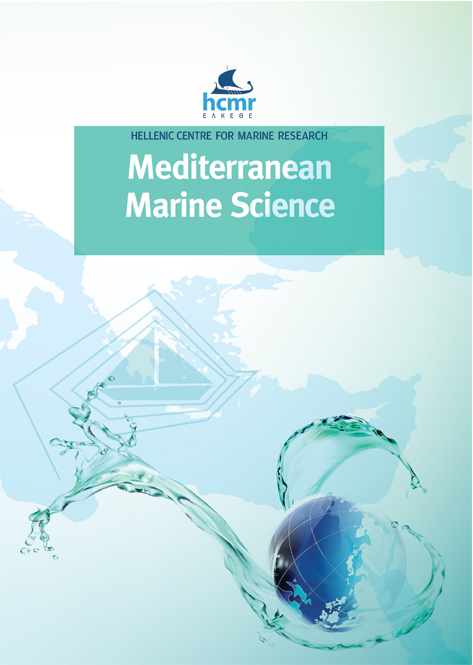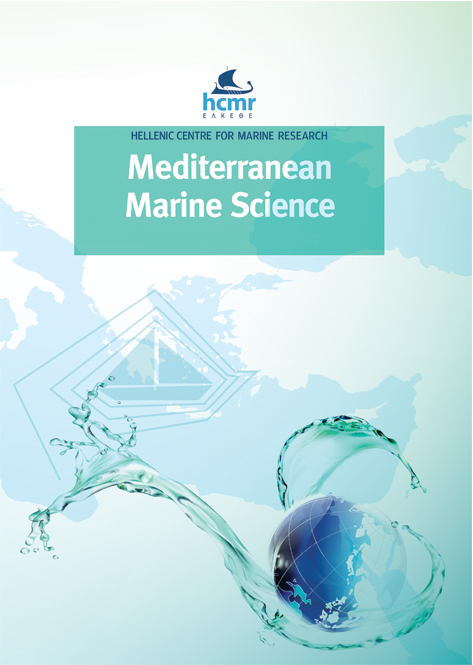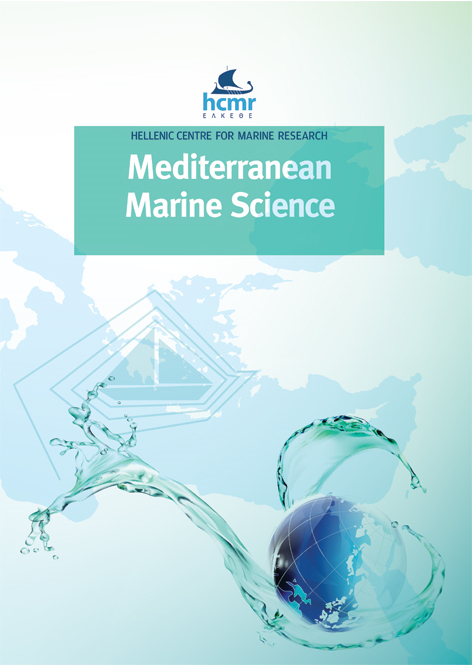Recent hydrological status of the Aegean Sea derived from free drifting profilers
Résumé
Being a semi-enclosed basin of the Mediterranean Sea, the Aegean Sea comprises a complex hydrology that plays a significant role in the hydrology of the Eastern Mediterranean Sea. Its interaction with many sub-basins, along with its contribution towards the formation of deep and intermediate water, makes it an ideal case for the study of hydrological changes in transitional areas. Since 2010, the operational monitoring of the basin has been significantly enriched due to the deployment of autonomous free-drifting profilers (Argo floats) under the framework of the newly formed Greek Argo Research Infrastructure activities. In this study the hydrological status of the area is examined for the period 2010 - 2017 using the temperature and salinity profiles acquired from Argo floats that operated in the basin. The profiles are analyzed together with complementary remote sensing and model outputs datasets in order to present the spatio-temporal distribution of the co-existent water masses and shed light on hydrological features and changes that took place throughout the basin in an attempt to reassess its hydrological status during the last decade. The distribution of the physical properties in different sub-regions and their interaction is examined reconstructing a general picture of strong latitudinal gradients in the T-S and σθ fields from the upper layers towards the deeper zones. Interannually, findings indicate changes of the Aegean water masses structure within the water-column. Deep homogenization in the upper layers is recorded mainly during the winter periods of 2011-2012, 2014-2015 and 2016-2017 in the southern, central, and northern parts of the area accordingly. The observed dense water formation events, along with mixing and advection appear to alterate the water column physical properties structure and affect the dynamics of the surface and sub-surface dominant water masses in the Aegean. The results further highlight the valuable information that can be extracted from the operation of free-drifting profilers in enclosed marginal seas similar to the Aegean case.
Article Details
- Comment citer
-
KASSIS, D., & KORRES, G. (2021). Recent hydrological status of the Aegean Sea derived from free drifting profilers. Mediterranean Marine Science, 22(2), 347–361. https://doi.org/10.12681/mms.24833
- Numéro
- Vol. 22 No 2 (2021)
- Rubrique
- Research Article
Authors who publish with this journal agree to the following terms:
- Authors retain copyright and grant the journal right of first publication with the work simultaneously licensed under a Creative Commons Attribution Non-Commercial License that allows others to share the work with an acknowledgement of the work's authorship and initial publication in this journal.
- Authors are able to enter into separate, additional contractual arrangements for the non-exclusive distribution of the journal's published version of the work (e.g. post it to an institutional repository or publish it in a book), with an acknowledgement of its initial publication in this journal.
- Authors are permitted and encouraged to post their work online (preferably in institutional repositories or on their website) prior to and during the submission process, as it can lead to productive exchanges, as well as earlier and greater citation of published work (See The Effect of Open Access).







